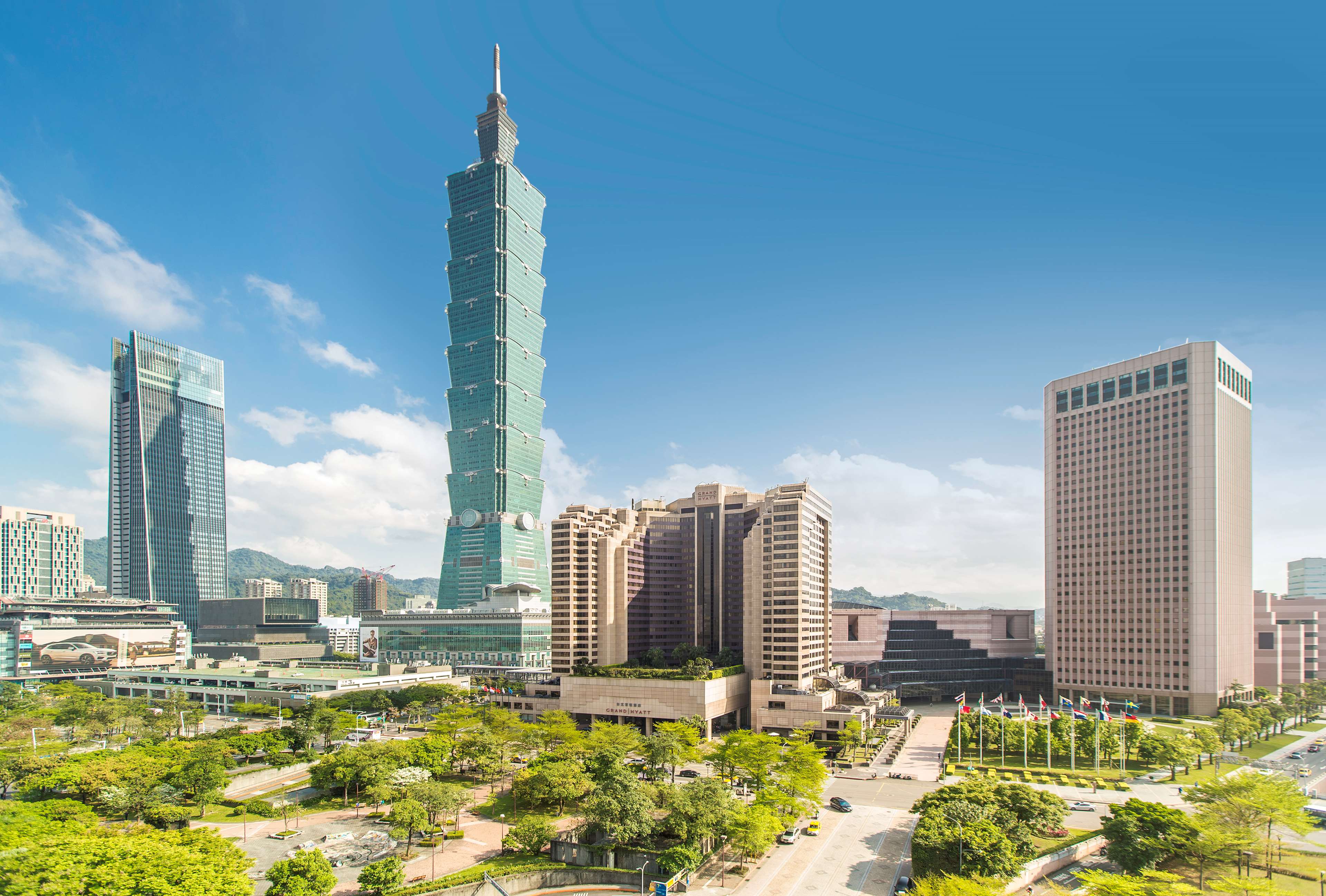Taipei
Nestled amidst the lush hills of northern Taiwan, Taipei is a dynamic metropolis where tradition and modernity intertwine seamlessly. As the vibrant capital city, Taipei delights visitors with its bustling night markets, ancient temples, and towering skyscrapers. One of the city's most iconic landmarks is Taipei 101, a towering skyscraper that once held the title of the world's tallest building. Ascend to the observation deck for panoramic views of the cityscape, or indulge in world-class shopping and dining at the adjacent Taipei 101 Mall. For a taste of Taiwanese culture and cuisine, explore the city's bustling night markets, where vendors hawk everything from stinky tofu and beef noodle soup to bubble tea and pineapple cakes. Don't miss the lively atmosphere of Shilin Night Market or the eclectic offerings of Raohe Street Night Market.





